Thunderstorms & Fireworks
Fear of loud noises such as thunderstorms, fireworks, or gun shots is quite a common complaint from dog owners of all breeds.
The worst times of year tend to be around New Year’s when there are lots of fireworks and in spring and summer when storms are more likely to occur. Local animal shelters brace for the flood of dogs the next morning as many dogs get so scared they scale the fences in their panicked attempts to escape the noise, and end up wandering the streets.
For some dogs the fear of loud noises is based on ‘one-event learning’ where the noise has been paired with a very frightening experience such as something falling on them during a storm. For others the fear develops gradually with repeated exposures. Breeds that are particularly sound-sensitive, and those with genetic predisposition to anxiety are often over-represented in cases of noise fears and phobias.
A combination of this genetic ‘predisposition’, lack of early experience, learned aversion, as well as underlying medical reasons may all contribute to the development of the fear response. There may also be reinforcement of anxious behaviours by the owner in an attempt to calm or reassure the pet.
Surprisingly, many owners do not consider the welfare implications associated with their dog showing signs of distress during storms or loud noises. Some owners even consider the reactions of their dog ‘normal’ – ‘Oh yes he is dreadful during storms, hides, pants, salivates, but don’t all dogs do that?’ So it is not surprising that many owners do not think of seeking advice for this problem.
Usually owners only seek help if they have become aware that there are treatments, maybe from watching or listening to veterinary advice in the media, or when their dog’s reaction has become quite severe or exaggerated. Often the trigger point is the animal escaping and injuring itself, or damage to the owner’s house. Often by this stage the dog’s reaction is now very severe, and most owners are seeking assistance because the dog is harming itself, or causing a lot of damage.
Fear or Phobia?
In the early stages of fear, the symptoms displayed by the dog might include shivering, shaking, salivating and hiding. Some dogs become very clingy and will only settle when in the presence of their owner. These dogs will usually still accept food, and will often still engage in activities such as favourite games or play with toys if encouraged. These dogs are classified as having a ‘fear of noises’.
The more severe reactions can be classed as a ‘noise phobia’. Phobic dogs lose control of their actions as ‘panic’ sets in. These dogs may still shiver and shake, but this is often accompanied by other actions such as trying to flee or trying to reach shelter. Dogs trying to flee will often escape their property and run from the fearful noise – sometimes leading to injury either in the escape process or when running onto roads. Others attempt to find sanctuary by trying to access the house or other buildings or spaces. These dogs can do great damage to property and to themselves in the process.
For dogs with a fear of noises, a lot can be done to improve the dog’s response to the noise. Dogs with a phobic response are much harder to deal with and usually require medication to assist in reducing their anxiety. It is not uncommon for dogs with a true noise phobia to have other anxiety related behaviour problems (such as separation anxiety) and often require referral to a Veterinary Behaviourist to fully address their problems.
Avoidance of the Noise
With each exposure to the fear inducing noises, there is the potential for the animal to become more fearful, hence aggravating the problem. So the first step is to look at ways in which the fear-inducing noises can be avoided. This may entail moving the dog to a different place when there is a high chance of the noise occurring. This strategy works well for predictable noises – fireworks on New Year’s Eve or Chinese New Year, lawn mowers, vacuum cleaners, starting pistols – but obviously is limited in regard to storms.
Options include boarding the dog (possibly in a rural area), taking it for a walk or to the park, or moving it to a place within the house where it will not be able to hear the noise. For distant noises, sometimes playing music that is not fear-inducing to the dog may ‘drown out’ the other fear inducing sound(s). You may have to do some fact finding so that you know when the noises are likely to occur (i.e. ask the council when the local athletics track is to be used if your dog is scared of starting pistols). You may also have to speak with your neighbours to help work out a manageable schedule so that you know when they are going to mow the lawn or use the whipper snipper.
There is also the possibility of avoiding some of the visual inputs that may be associated with the noise such as flashes of lightning. Having a dark place, or drawing the curtains can help. If your dog is crate trained, it may be possible to cover the dog’s crate with heavy blankets to both block out the light and deaden the sound. An alternate is to make the room very bright, so the flashes of light are less noticeable.
So what can I do to help my dog when he is fearful of noises?
Providing a ‘Safe Place’
As many dogs with noise fears tend to try to ‘hide’ when fearful, providing a ‘safe place’ for them to go when frightened is something that needs to be explored. This may be difficult to achieve outside in the back yard, although providing access to at least part of the house, or the garage may be an answer.
The dog will have already given you some hints about areas where it might feel safer. Some prefer small, dark, enclosed places. Others may prefer a place near their owner. Sometimes the place chosen by the dog does not suit the owner, so it is up to you to provide an alternate place where the dog can go when it is frightened. One option is to teach the dog to use a crate, or provide another dark, enclosed space for the dog to curl up in.
Teaching the dog to be Calm on Cue
You need to start to watch your dog’s body language closely. We want to be able to recognize when the dog is calm and relaxed, and also learn what the dog does when it is starting to get anxious. Once you can recognize the early signs of anxiety it is possible to step in and work towards calming the dog down (teaching it to relax on cue) and also you can avoid inadvertently reinforcing anxious behaviour.
The first step to teaching a dog to calm on cue involves selecting a ‘safe place’ then teaching the dog to go to this place when there are no scary noises. The safe place might be a crate, a special bed or a mat in a certain room. Use treats to reward calm and relaxed behaviour. The crate/safe place can be made inviting with soft bedding, things to chew on such as a pig’s ear, and can be scented with essential oils to provide a scent cue for ‘calm’. Lying down and sitting are both ‘calm’ positions – it is very hard for a dog to be reactive when he is sitting or dropped – so teach the dog to lie down at its safe place.
With lots of repetition, the dog learns that every time he goes to this place, he relaxes. This way, when a storm does come, or there are fearful noises, the dog can be taken to his ‘safe place’ and encouraged to lie there. If using a crate it can be covered to further insulate it from the noises and to block out visual stimuli.
Make the scary noise a cue for a favourite game or activity
For dogs who are showing only the milder symptoms of anxiety, it may be possible to pair the fearful noises with treats, walks, or games that the dog really enjoys. Behaviours like play, eating and relaxation are incompatible with fearful behaviours. Whenever they hear the noise, the game begins, so soon they associate the noise with the onset of a pleasant experience.
Desensitisation using recordings
There are a number of recordings available on the market that aim to simulate the sound of thunder, as well as other percussive noises such as gunshots and fireworks. The idea behind these is to desensitise the dog to the noise, starting the recording at a level where no fear is elicited. Counter conditioning techniques are then used and the volume is gradually increased over a number of sessions. At all times care must be taken not to sensitize the animal to the sounds by turning up the volume before an animal is ready for it.
I have tried lots of things, but the dog will not settle
If you have tried providing a safe place, playing games or desensitization and your dog’s fear is still quite marked it probably needs help to reduce its anxiety. The first step is to speak to your vet about your dog’s reaction to noise. If indicated they may prescribe a short-acting anti-anxiety medication to help calm your dog. They will also perform a full examination and possibly suggest blood tests before they prescribe medication to ensure there are no other physical reasons for your dog’s reaction.
Medication is designed to lower anxiety and prevent the worsening of the fear over time. There are a number of medications used for noise fears and phobias, so you will need to discuss this with your veterinarian. If your dog’s reaction is severe, then you may want to ask for a referral to a Veterinary Behaviourist. These are veterinarians who also have a behaviour qualification and are experienced in seeing dogs with severe reactions to noise. Phobic dogs often need life-long medication and behaviour modification so that they can learn to better cope when there are loud noises.
Meet our dogs ready for adoption
All greyhounds adopted from GAP are de-sexed, vaccinated, microchipped, wormed and health checked.
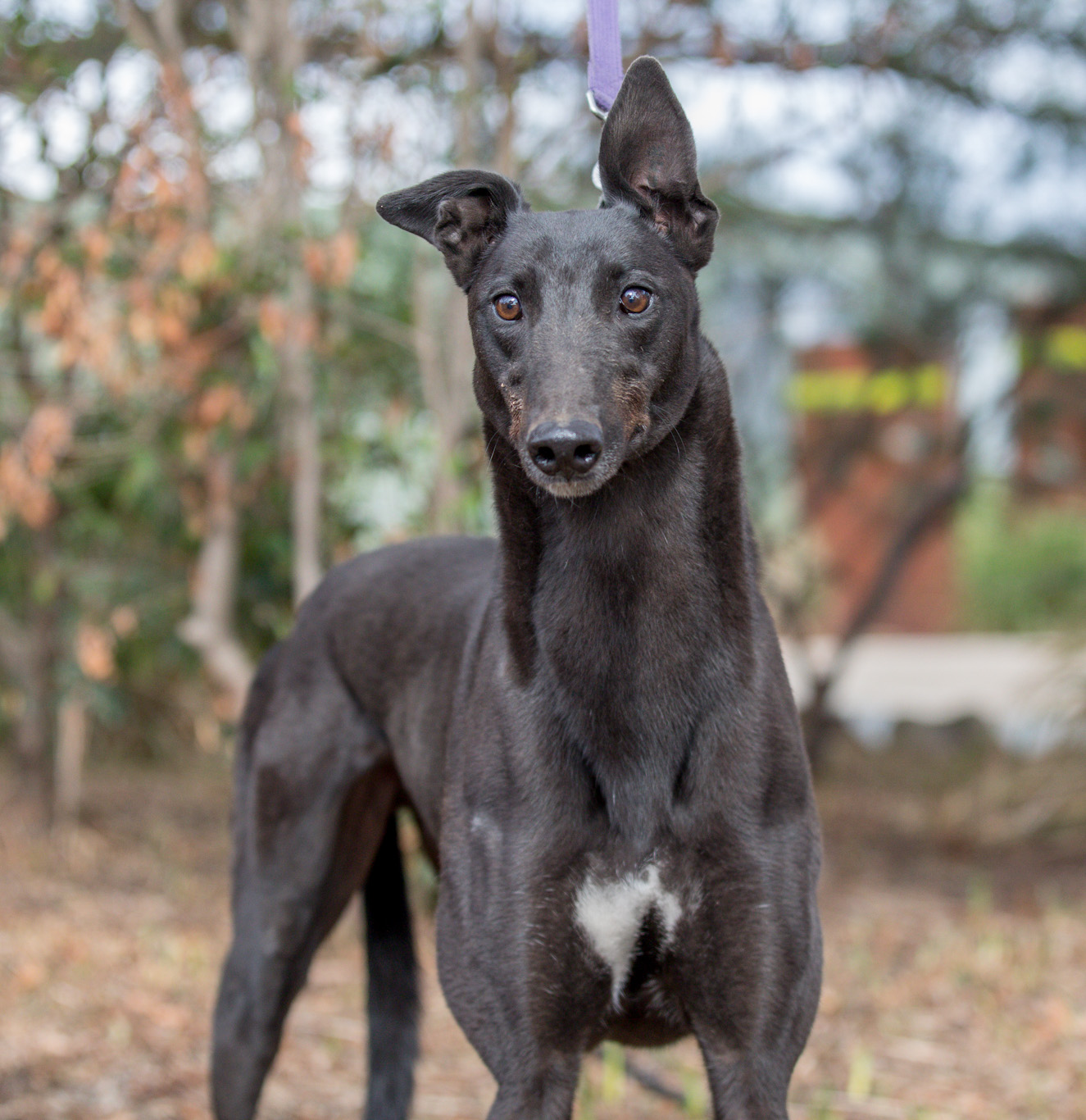
Little Ted
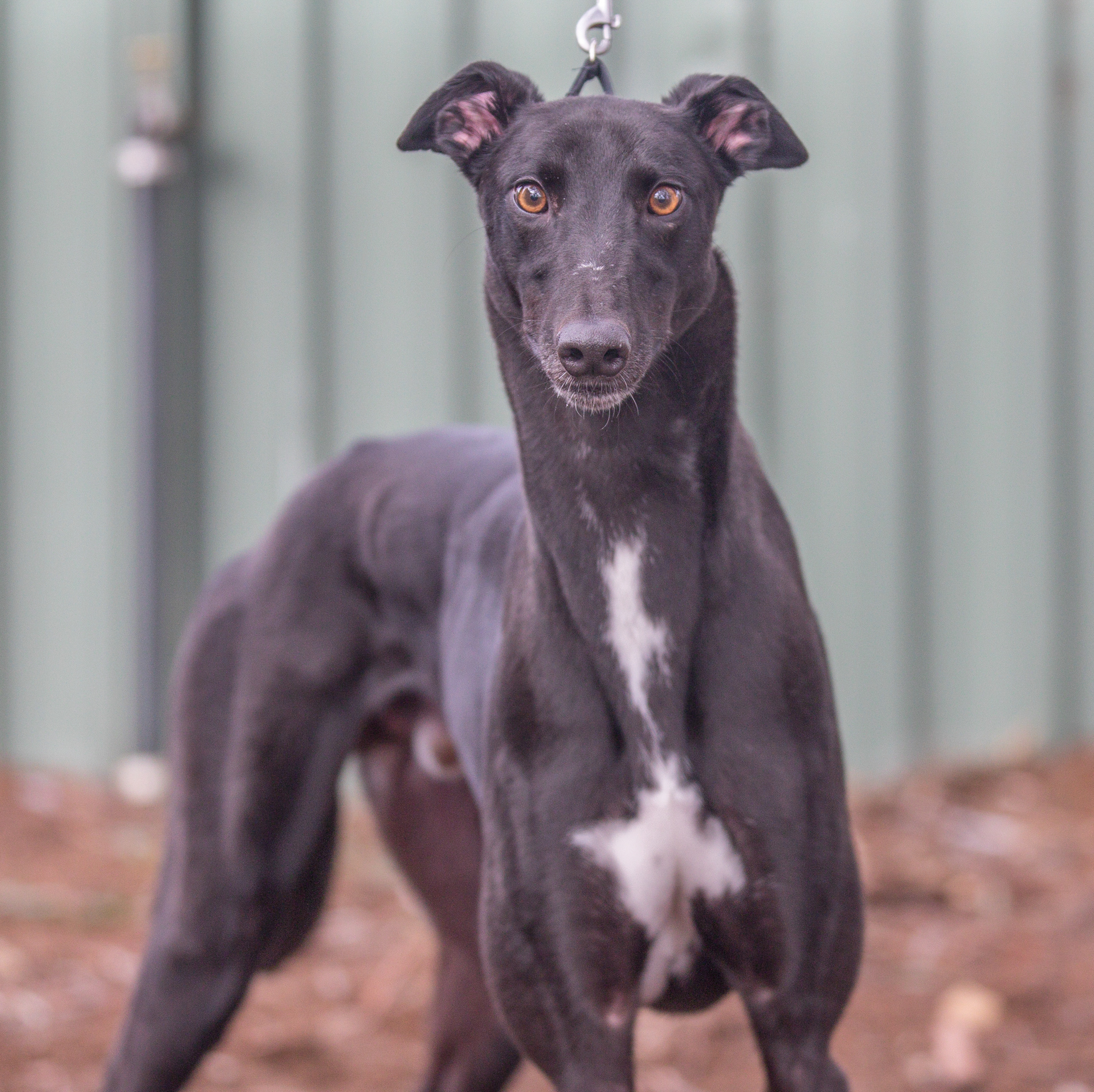
Fergus

Bridget ARP
Meet the extremely pretty and super sweet young girl, Bridget! Bridget is a little anxious and unsure at times but recovers well and wants to please and looks lovingly into your eyes. Bridget may suit living with or without a canine friend of any size that is calm, she would like a quiet life, with older children and would ideally suit a home with a backyard.
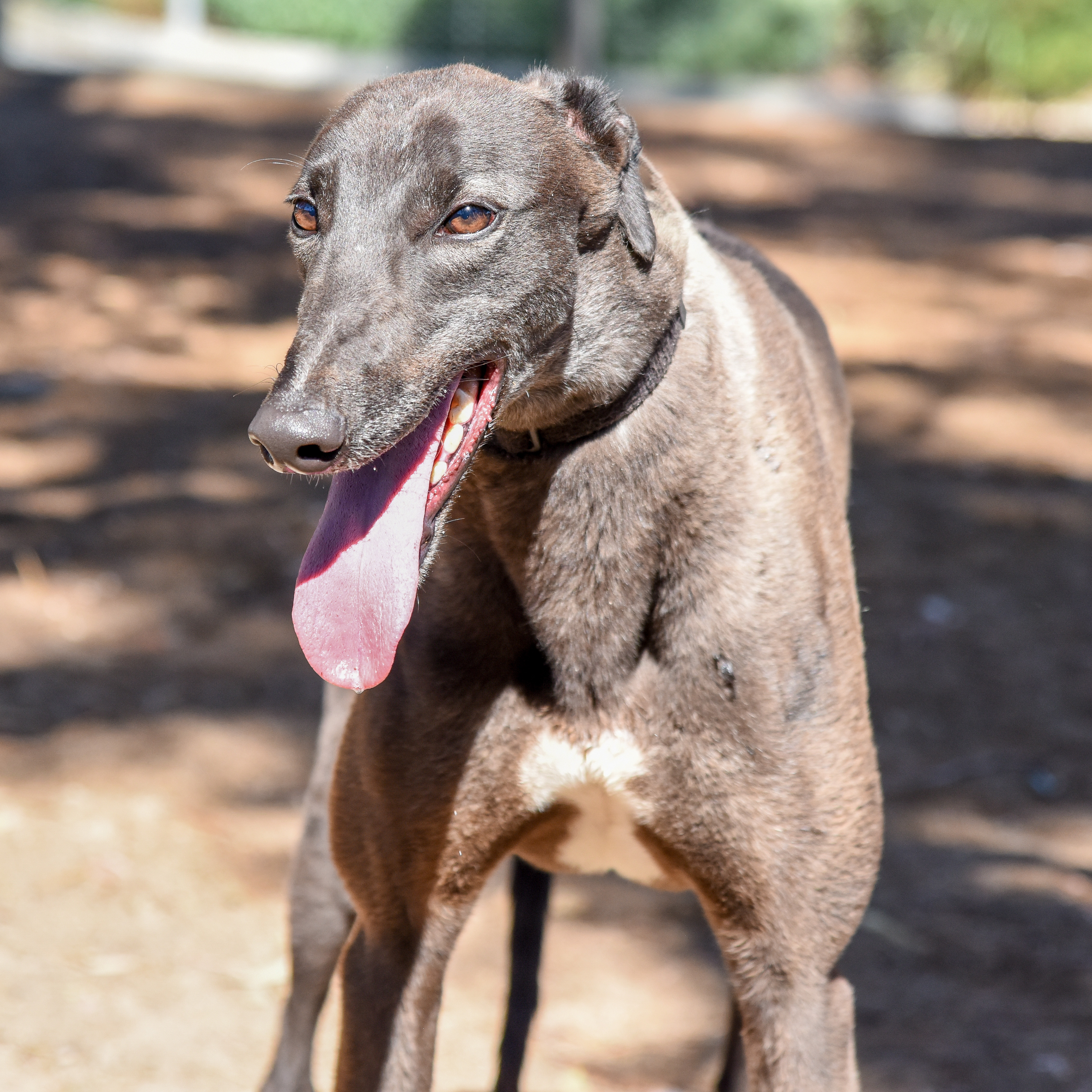
Colby
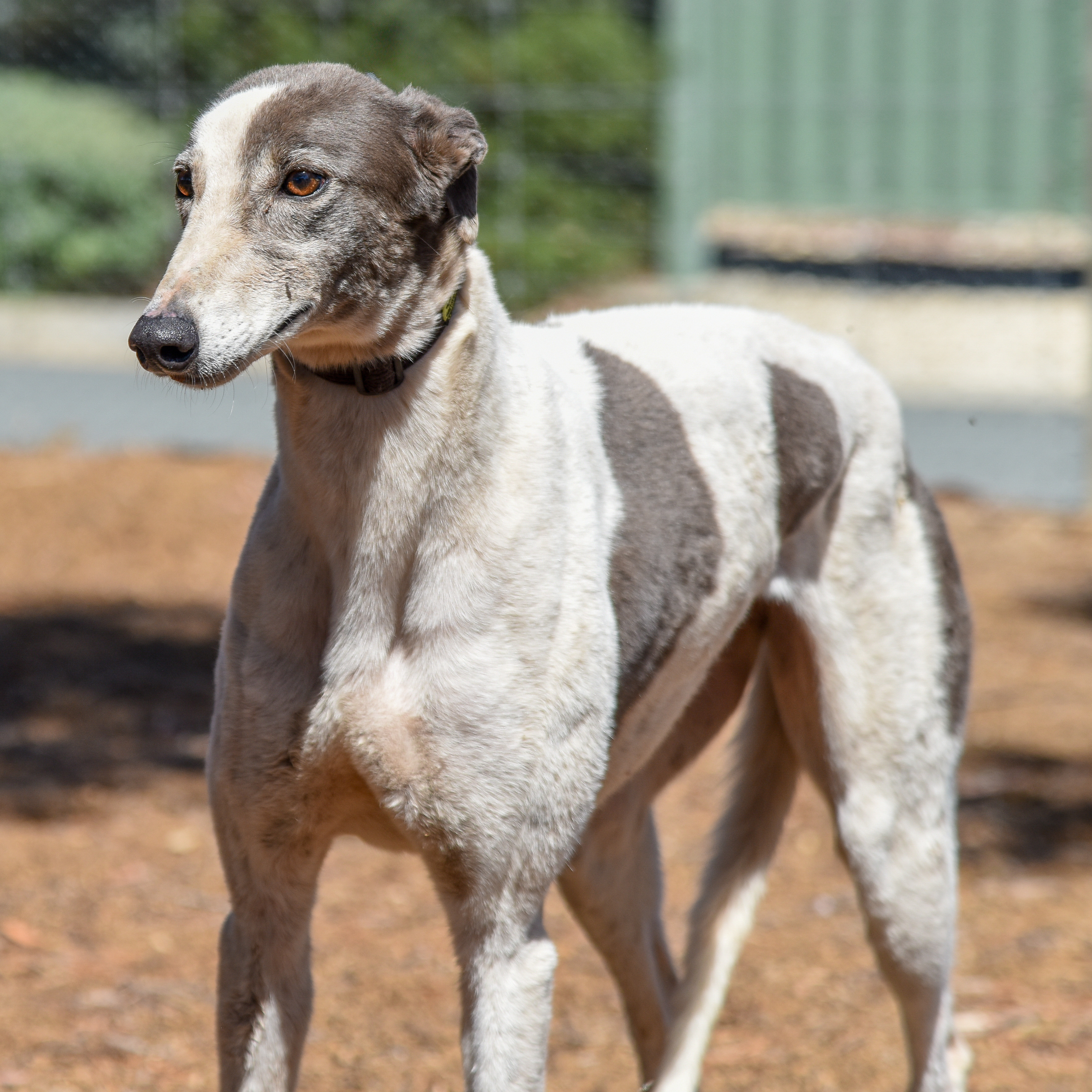
Marsha
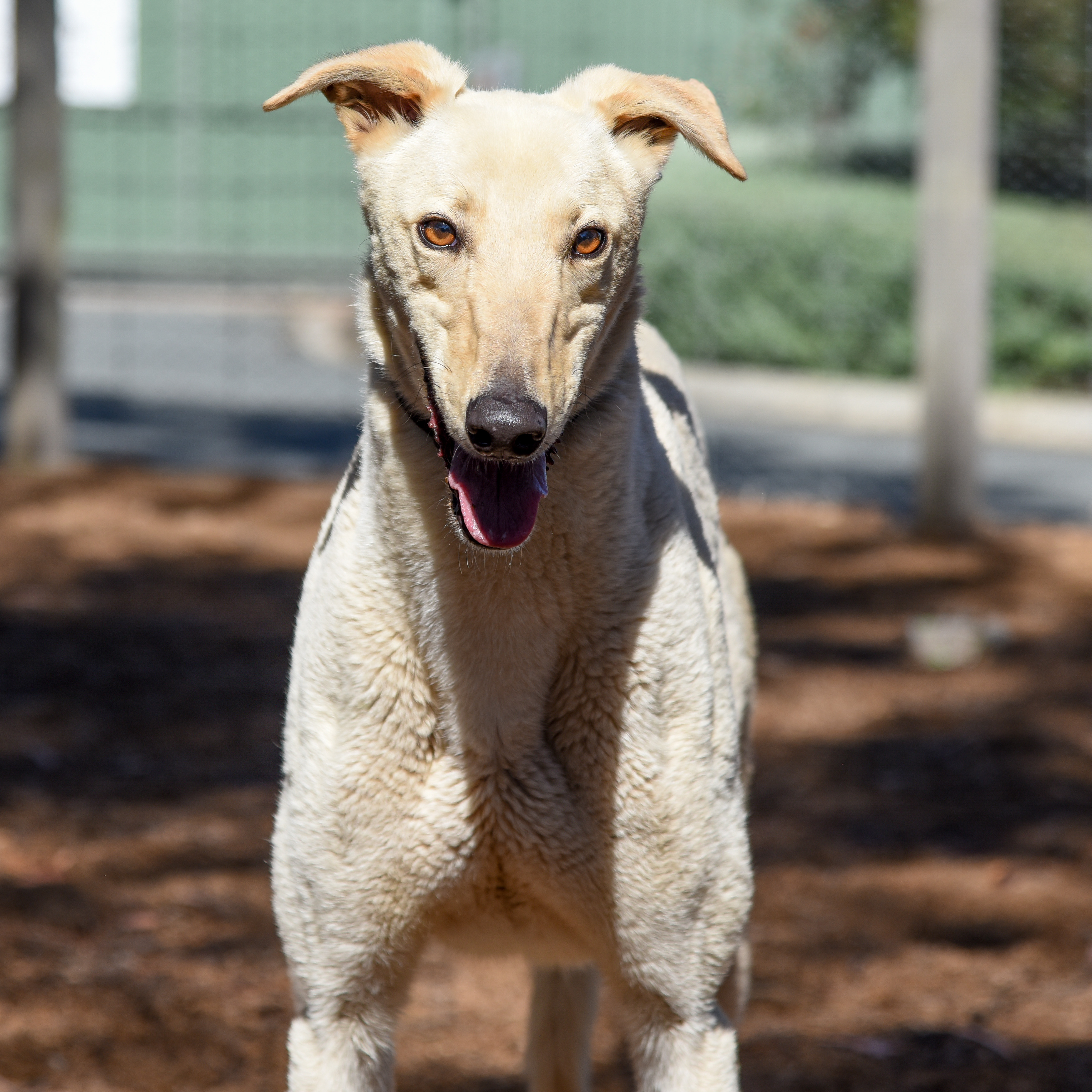
Rolley
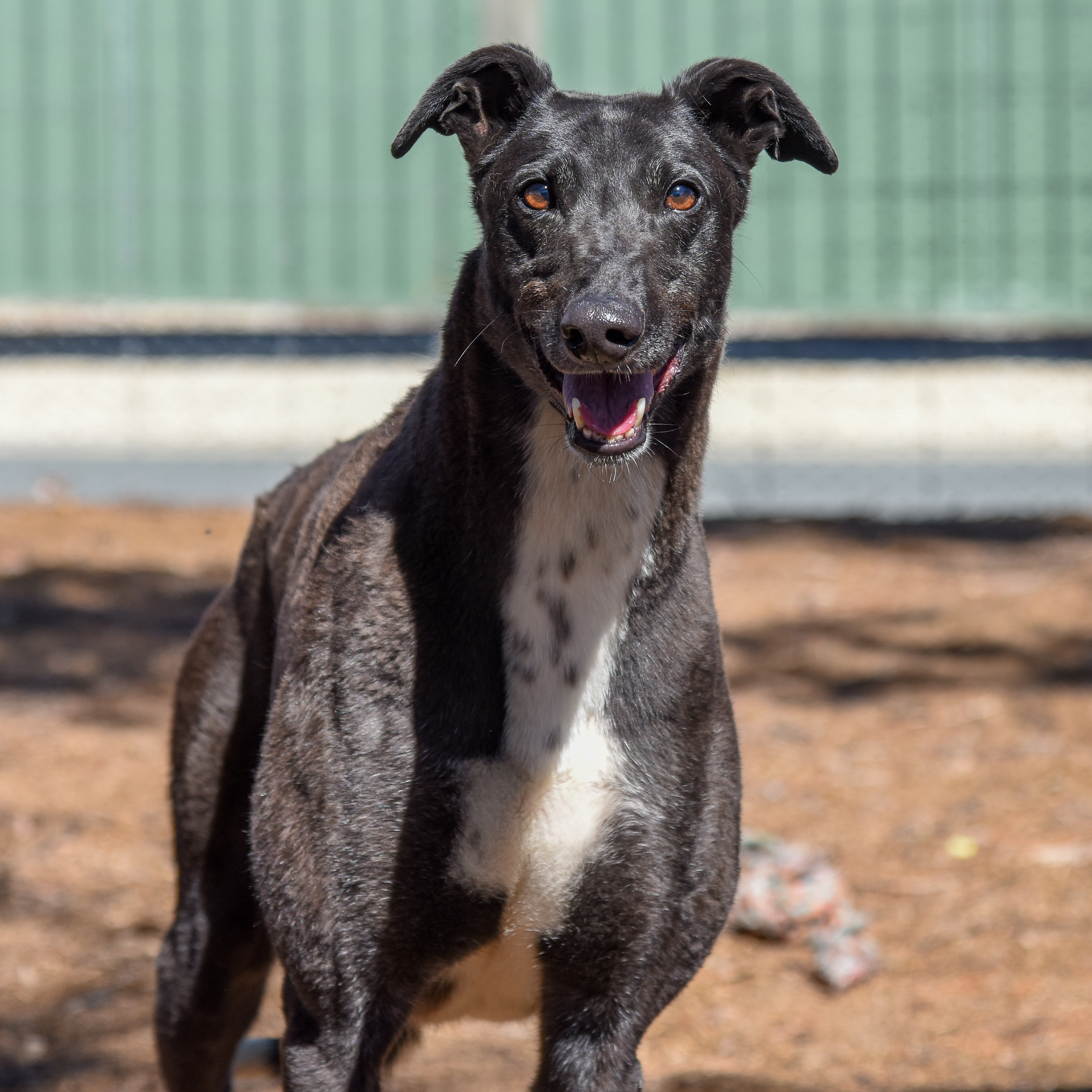
Denver
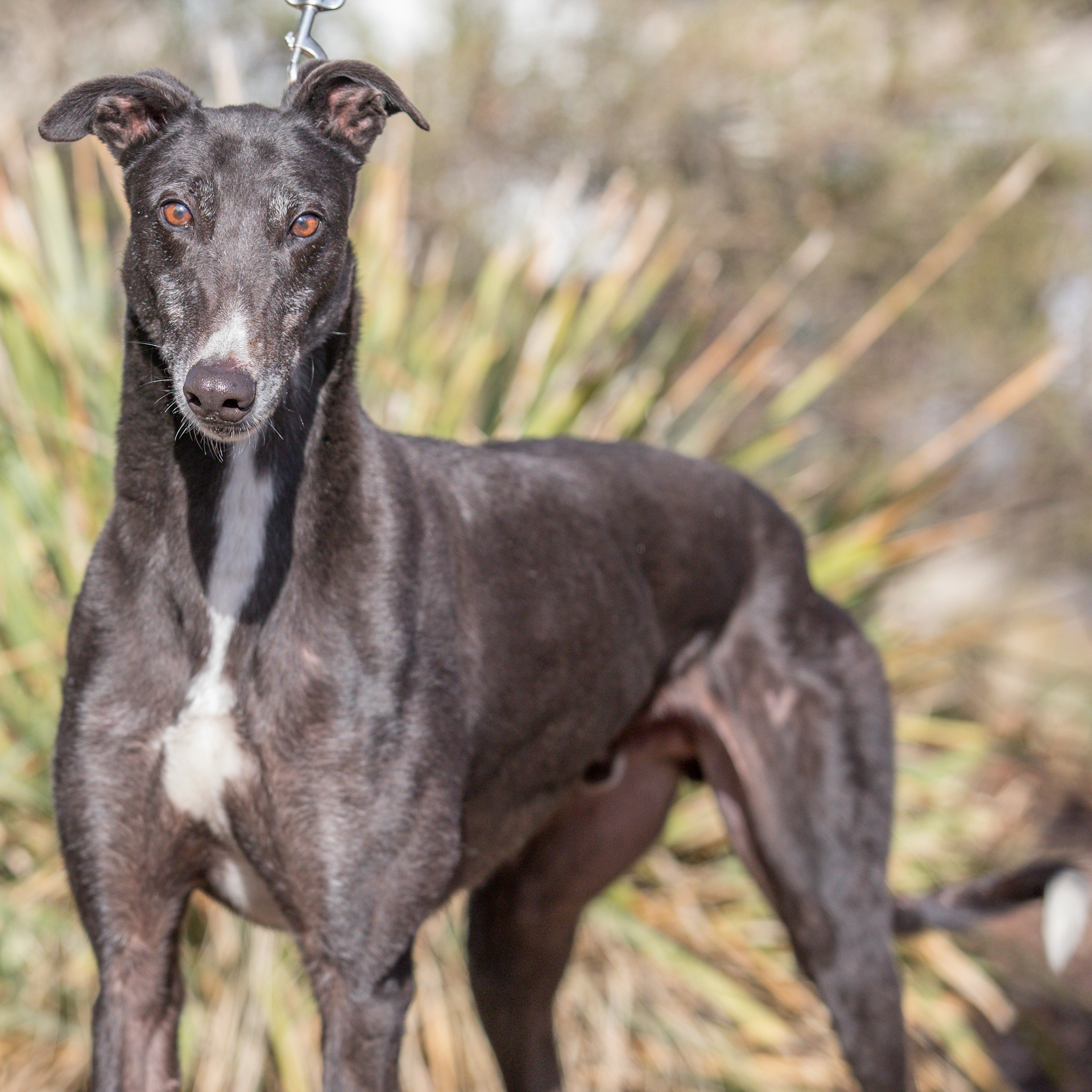
Corbin
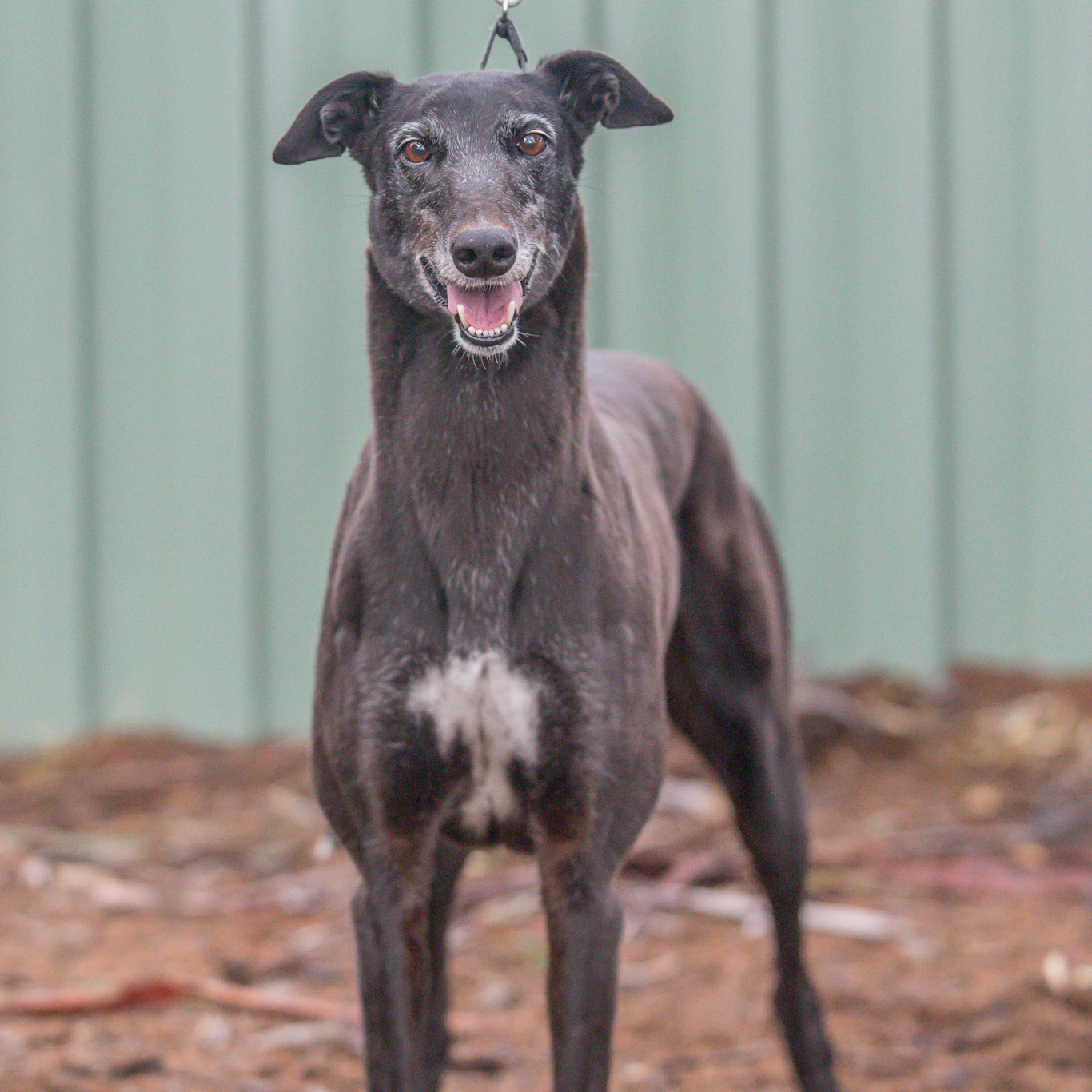
Jackie
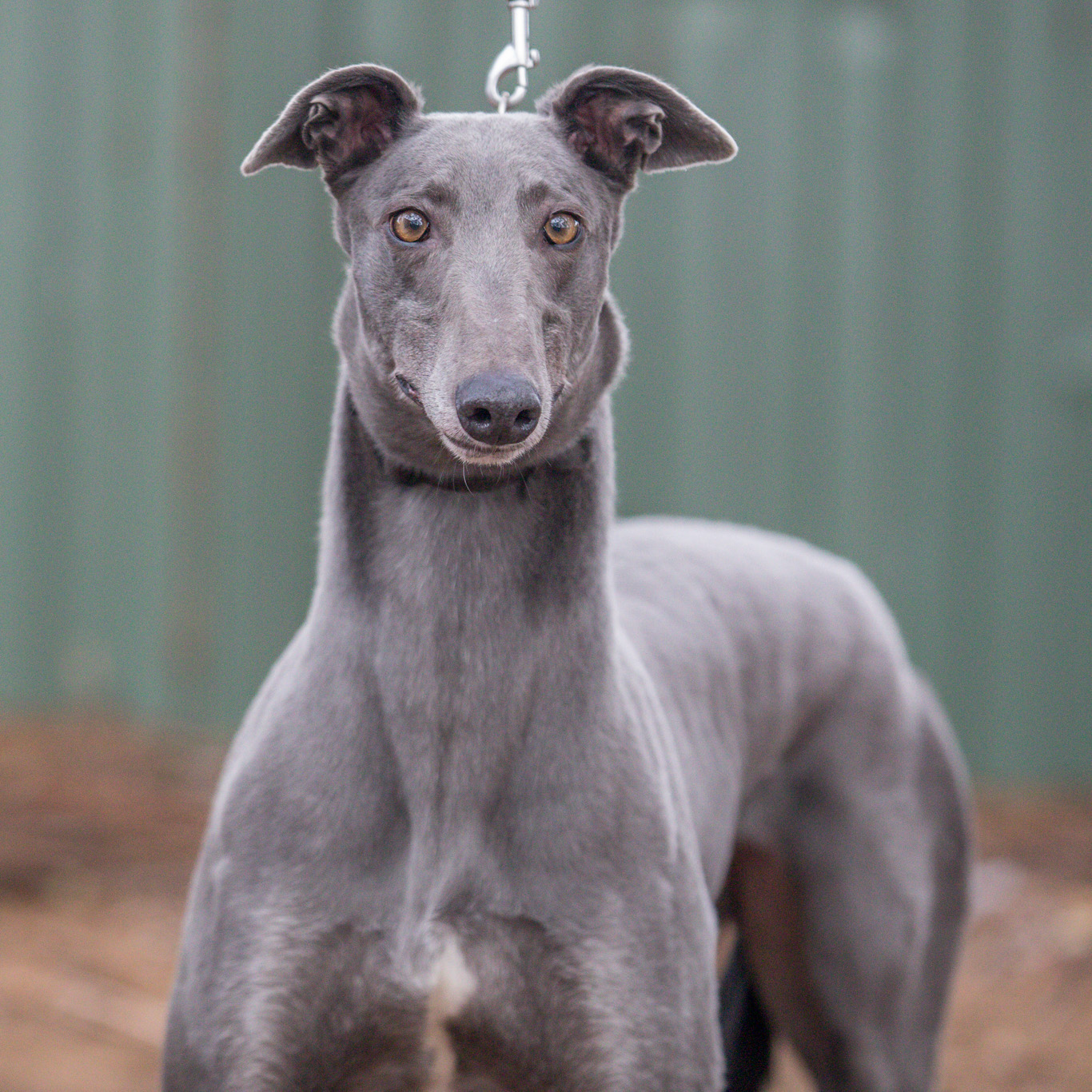





_51505627.jpg)

.jpg)

